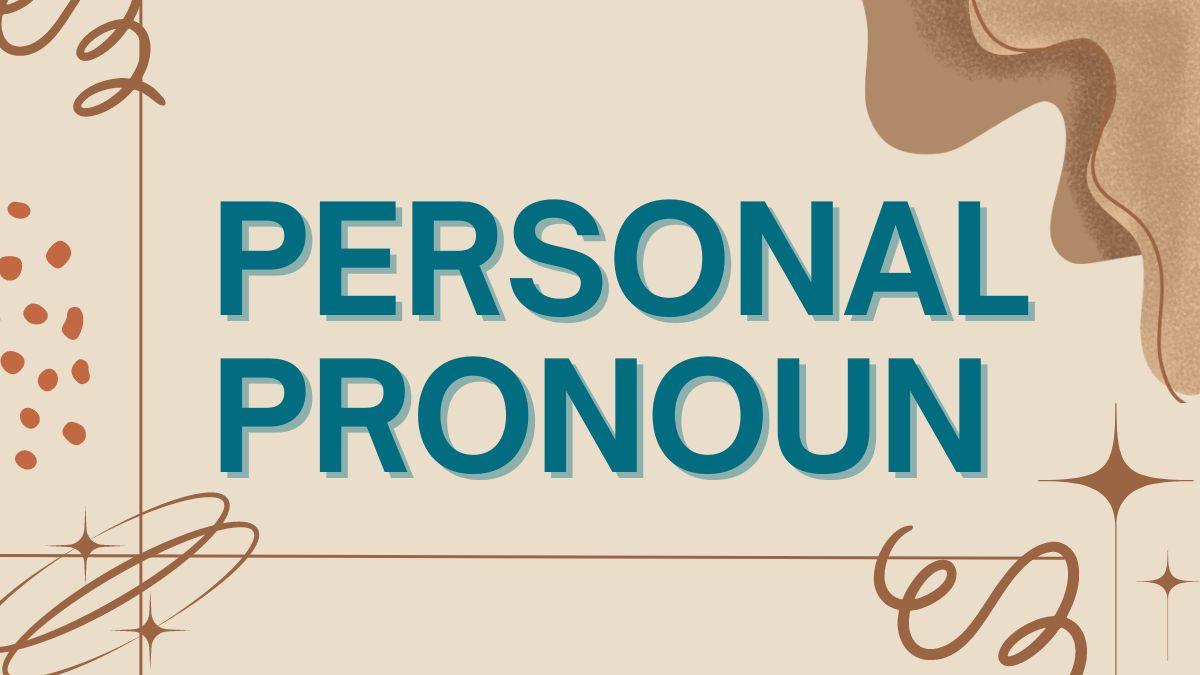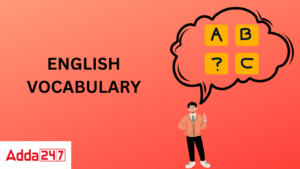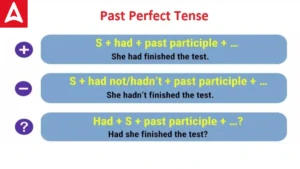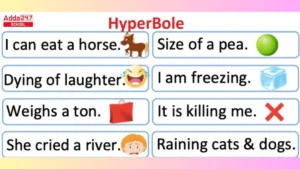Personal Pronoun
A personal pronoun is the type of pronoun which is used to replace personal nouns like personal names. Personal pronouns are pronouns that are associated primarily with a particular person – first person (as I), second person (as you), or third person (as he, she, it, they).
The person who speaks or writes (first person), the person being spoken to (second person), or a personal pronoun that refers to another person or thing (third person).
Personal Pronouns
Personal pronouns are often used instead of repeating a name in multiple adjacent sentences. This helps to avoid repetition and improve sentence flow. Here is the list given below of some of these pronouns:
- I
- he
- him
- her
- it
- me
- she
- them
- they
- us
- we
- you
Personal Pronouns Definition
The definition of personal pronoun according to the different dictionaries
The Cambridge Dictionary defines personal pronoun as “words that refer to a person, verbally or in writing, such as ‘I,’ ‘you,’ and ‘she.’
The Collins Dictionary provides more detailed definitions of personal pronoun. Thus, “personal pronouns” are pronouns such as “I,” “you,” “she,” or “them,” and are used to refer to the speaker or person being addressed, or to a person or thing. The identity is usually obvious because it has already been mentioned. ”
Personal Pronouns Table
Quick revision of personal pronoun in the form of a table is given hereunder.
| Person | Nominative | Objective | Person | Nominative | Objective |
| First singular | I | me | First plural | we | us |
| Second singular | you | you | Second plural | you | you |
| Third singular | he, she, it | him, her, it | Third plural | they | them |
Personal Pronouns- Cases
Pronouns have three cases, indicating how the pronoun relates to the word in which it is used. There are three: Nominative, Possessive, and Objective.
- The nominative case is often called subject pronouns. The nominative case is used when a noun or pronoun is used as the subject of a verb.
Examples: I, you, he, she, it, they and we
- The possessive case is pronoun used to express possession or ownership.
Examples: mine, his, their, her
- An object pronoun is a type of personal pronoun that is normally used as an object of the verb, either as the direct or indirect object of a verb.
Personal Pronouns- Examples
Here are some examples of personal pronoun given in the form of a table.
| SINGULAR | PLURAL | SINGULAR | PLURAL | SINGULAR | PLURAL |
| I, Me | We, Us | You | You | He, She, It | They |
| I like to walk morning.
Did you give me that book? |
We are going to have dinner.
All of us have been invited to the party. |
You can take any book whatever you want from the shelf.
Did the teacher inform you about the competition? |
You (plural) are going on a trip.
Weren’t you all asked to bring a literature book today? |
He reached the school on time.
She was asked to complete the work asap. Is there any way you could ask him? Will it be possible for her to give me some money? I was looking for my bag but didn’t find it. |
They are planning to visit Singapore.
He asked them whether they are ready to go or not. |
Some More Instances of Personal Pronoun
- He plays cricket in our academy.
- She is working in an MNC.
- They are having their dinner.
- We must be thankful to God.
- He left his notebook at home.
- Much money is there in his pocket.
- His father is not a doctor.
- We don’t have time to go there.
- They have done it successfully.
- You are supposed to go with us.
- She is not going to the party.
- They are not completing the work in time.
- I am not going with them.
- She went to school without taking her bag.
- Is he following the proper diet?
- Students want to study from him.
- It is not your responsibility.
- Don’t you want to go there?
- We eat curd every day, even in the winters.
- He is going somewhere for higher studies.
School Personal Pronoun List
Personal Pronoun is one of the most important English grammar concepts in the school English syllabus. Below we have mentioned some of the examples and list of the personal pronoun that is useful for the school curriculum.
Subjective Case
- I
- he
- her
- it
- they
- we
- you
Objective Case
- Him
- Her
- Us
- Them
- Me
- You
- It
Personal Pronouns- Exercise
Q.1 Rewrite the following paragraph using personal pronoun:
Saina decided at the beginning of Saina’s first semester of college that Saina would run for thirty minutes every day. Saina knew that Saina would be taking a literature class with a lot of reading, so instead of buying print copies of all the novels Saina’s teacher assigned, Saina bought audiobooks. That way Saina could listen to the audiobooks as Saina ran.
Check your answers
Saina decided at the beginning of her first semester of college that she would run for thirty minutes every day. She knew that she would be taking a literature class with a lot of reading, so instead of buying hard copies of all the novels her teacher assigned, Anna bought audiobooks. That way she could listen to them as she ran.
Q. 2 Choose the appropriate personal pronoun that fits best in the sentence:
- Please tell him that (she / he) needs to eat before taking medicine.
2. The teacher notified (they / her) that she won the competition.
3. (She / I) want to visit Jaipur.
4. (They / Them) are working with me.
5. Do you know if (me / I) was appointed as the CEO?
6. (I / He) can’t eat this as I am full.
7. Do you know if (he / they) all will arrive in time?
8. Make sure (he / I) is coming to the party.
9. Why does (she / it) not coming with us?
10. Does (he / her) believe in God?
Check your answers
1. he
2. her
3. I
4. They
5. I
6. I
7. he
8. he
9. it
10. he
Related Post:
| Relative Pronoun | Reflexive Pronoun |
| Letter Writing Examples In English & Hindi | Present Perfect Tense |
| Types Of Sentences With Examples | Opposite Words |
| Transitive And Intransitive Verb | Possessive Pronoun |









 Vocabulary Words with Meaning and Senten...
Vocabulary Words with Meaning and Senten...
 Past Perfect Tense: Definition, Formula,...
Past Perfect Tense: Definition, Formula,...
 Hyperbole- Explanation, Definition, Exam...
Hyperbole- Explanation, Definition, Exam...









